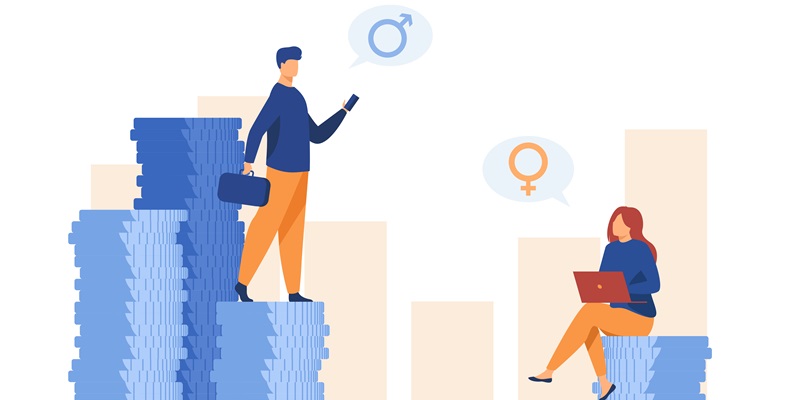In Australia, the battle for equal pay between genders has intensified, with new data from the Workplace Gender Equality Agency (WGEA) underscoring persistent wage inequality. This data unveils a substantial pay gap within the private sector, where women earn about 78 cents to a man’s dollar—a 21.7% disparity. This gap brings to light not just the ingrained inequalities in pay but also suggests a societal tendency to undervalue the professional contributions of women. Although strides have been made toward bridging this gap, the WGEA’s findings serve as a reminder of the ongoing challenges women face in achieving economic parity with men in the country. The revelation of such a significant gap emphasizes the need for continued efforts and effective policies to address gender-based pay discrepancies and ensure fair compensation for all irrespective of gender.
The Cost of Inequality
The ramifications of this pay gap extend beyond individual financial security. WGEA’s chief executive Mary Wooldridge, together with Minister for Women Katy Gallagher, recognize the broader societal and economic implications. They point to an estimated loss of $51.8 billion from the national economy due to gender-based pay discrepancies. While presenting the data, they underlined the urgent necessity for corrective measures. Wooldridge and Gallagher have called on employers to move beyond mere recognition of the issue to the implementation of tangible reforms.
The Roadmap to Equity
The recent data release is a wake-up call, not just an exposé. It comes after legislative changes, setting the stage for more openness in Australian companies’ wage practices. Currently, only 30% of the employers audited are within an acceptable gender pay range, with the rest showing a preference for men’s pay, often by over 5%. The efforts by the Workplace Gender Equality Agency (WGEA) are critical in motivating businesses to introspect, overhaul their workplace cultures, and institute policies promoting equal opportunities for all genders. The data acts as a mirror for companies to see the reality of gender pay discrepancies, prompting a shift from inaction to proactive measures to bridge the pay gap. The underlying message is forceful and clear—the era for justifying gender pay inequality has ended, and it is time for decisive actions to achieve pay parity.

